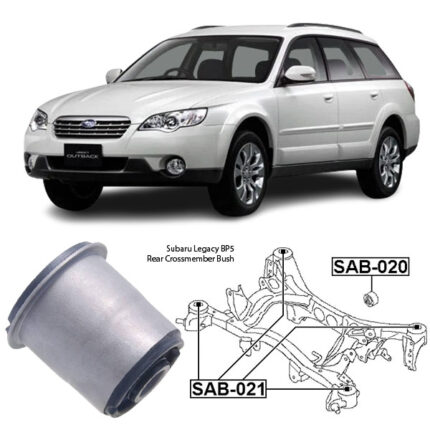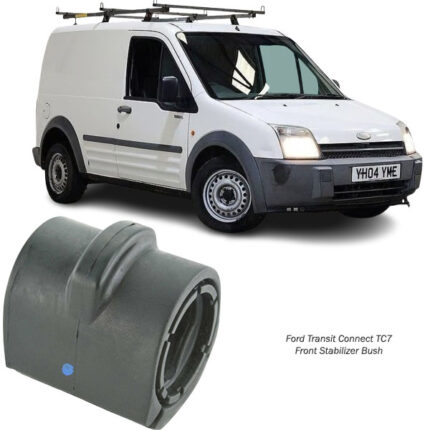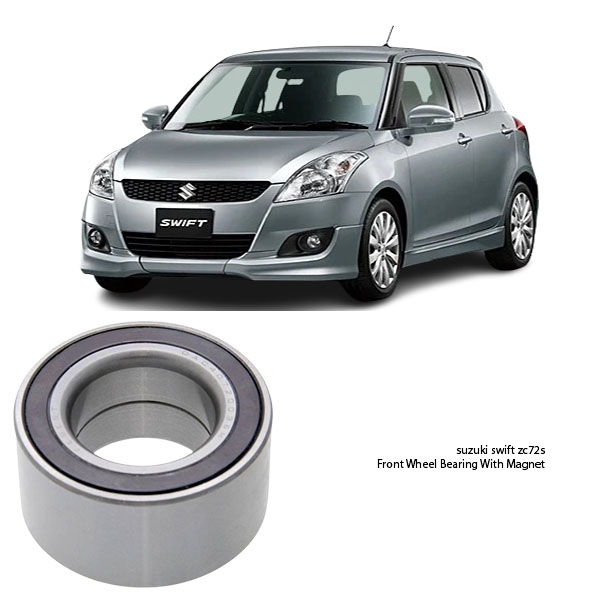-13%
Get suzuki swift zc72s Front Wheel Bearing With Magnet DAC40720036M in Kenya
A wheel bearing is a crucial component in a vehicle’s wheel assembly that enables smooth rotation of the wheels. It supports the weight of the vehicle and allows the wheels to spin freely while minimizing friction. Here’s an in-depth exploration of wheel bearings, covering their functions, types, signs of wear or failure, replacement considerations, and maintenance tips.
Functions of Wheel Bearings
- Support and Load Bearing: Wheel bearings support the weight of the vehicle and provide a mounting point for the wheel hub assembly. They enable the wheels to rotate smoothly and carry the vehicle’s weight without excessive friction.
- Facilitate Wheel Rotation: Wheel bearings allow the wheels to spin freely at high speeds with minimal resistance. This is essential for vehicle performance, fuel efficiency, and overall driving comfort.
- Absorb Axial and Radial Loads: Wheel bearings are designed to withstand both axial (parallel to the axis of rotation) and radial (perpendicular to the axis of rotation) loads. They distribute these forces evenly, preventing premature wear and ensuring longevity.
- Reduce Friction and Heat: The design of wheel bearings incorporates rolling elements (balls or rollers) and a lubricant to minimize friction between moving parts. This reduces heat generation and wear, prolonging the lifespan of the bearing.
- Maintain Wheel Alignment: Properly functioning wheel bearings help maintain wheel alignment and ensure that the wheels are correctly positioned relative to the vehicle chassis. This is crucial for safe handling and even tire wear.
Types of Wheel Bearings
- Ball Bearings: Most modern vehicles use ball bearings in their wheel hubs. These bearings consist of steel balls arranged in a circular raceway, allowing for smooth rotation and efficient load distribution.
- Tapered Roller Bearings: Tapered roller bearings are often used in heavy-duty applications or vehicles with higher load capacities. They have tapered rollers and raceways that can handle both radial and axial loads.
- Double Row Ball Bearings: Some vehicles, especially those with heavier loads or specific design requirements, use double row ball bearings. These bearings have two rows of steel balls arranged in a double raceway for increased load capacity and stability.
Signs of Worn or Failing Wheel Bearings
- Noise: A common symptom of worn wheel bearings is a humming, growling, or rumbling noise that increases with vehicle speed. This noise typically comes from the affected wheel and may change or disappear during turns.
- Vibration: Worn wheel bearings can cause vibrations felt through the steering wheel or vehicle chassis, especially at higher speeds. This vibration may worsen as the bearing deteriorates.
- Uneven Tire Wear: A failing wheel bearing can lead to uneven tire wear, typically characterized by excessive wear on one side of the tire tread. This uneven wear pattern results from changes in wheel alignment caused by the bearing’s deterioration.
- Looseness or Play in the Wheel: In severe cases, a worn wheel bearing may cause noticeable looseness or play in the wheel. You may be able to detect this by shaking the wheel back and forth while the vehicle is stationary.
- ABS Warning Light: On vehicles equipped with ABS (Anti-lock Braking System), a malfunctioning wheel bearing can trigger the ABS warning light on the dashboard. This occurs because the ABS system detects irregular wheel speed caused by the bearing issue.
Replacement Considerations
- Replacement Interval: Wheel bearings generally last for a long time, but they can wear out over years of use, especially in harsh driving conditions. Replacement intervals vary by vehicle and manufacturer recommendations.
- Professional Replacement: Replacing wheel bearings requires specialized tools and expertise. It’s recommended to have a qualified mechanic or automotive technician perform the replacement to ensure proper installation and alignment.
- Quality Parts: Use high-quality OEM (Original Equipment Manufacturer) or aftermarket wheel bearings designed for your vehicle’s specific make and model. This ensures compatibility, durability, and reliable performance.
- Complete Hub Assembly Replacement: In some cases, it may be more practical to replace the entire wheel hub assembly, which includes the wheel bearing pre-installed. This approach can save time and labor costs, especially if the hub assembly is worn or damaged.
Maintenance Tips
- Regular Inspection: Include wheel bearings in routine vehicle inspections, especially during tire rotations or brake service. Check for signs of wear, noise, or play in the wheels.
- Listen for Noise: Pay attention to any unusual noises coming from the wheels, as this can be an early indicator of wheel bearing wear.
- Address Symptoms Promptly: If you notice any signs of worn or failing wheel bearings, such as noise or vibration, have them inspected and replaced promptly to prevent further damage to the vehicle.
- Follow Manufacturer Recommendations: Follow the maintenance schedule and recommendations provided by your vehicle manufacturer for wheel bearing inspection and replacement intervals.
Follow us on Facebook for more parts.



